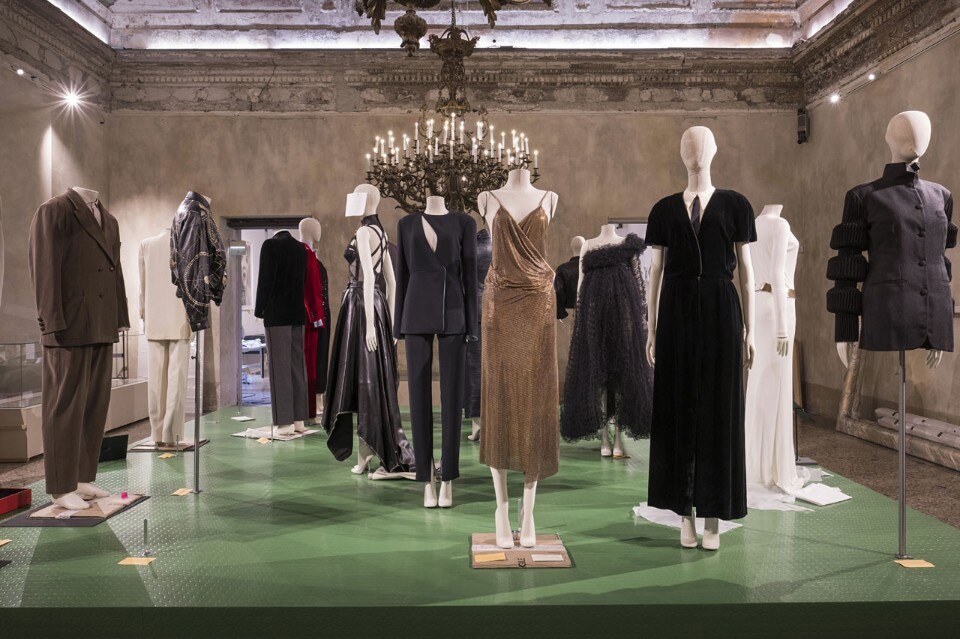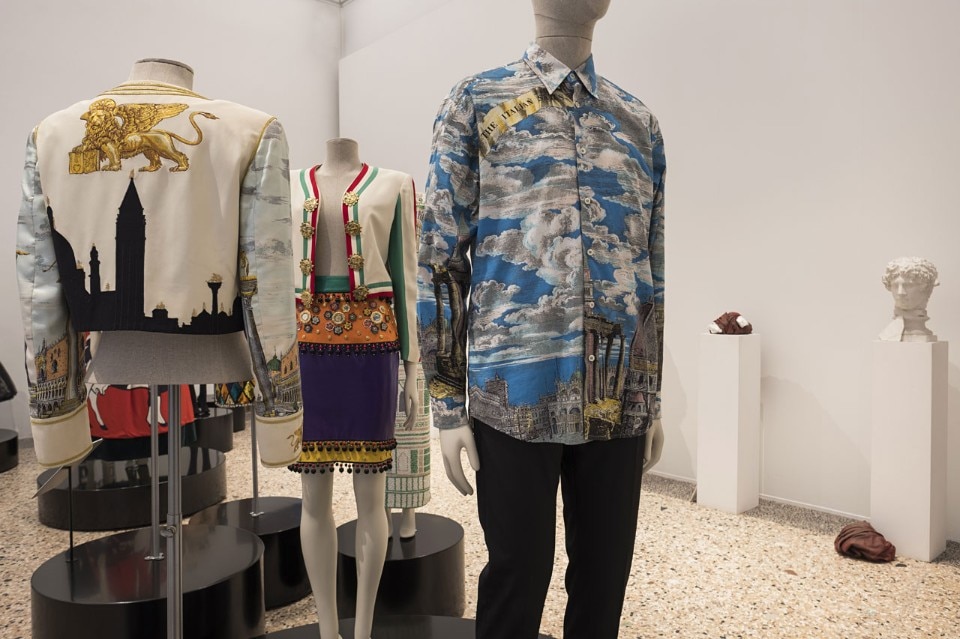“Italiana. Narrating Italian History through Fashion, 1971-2001” is a complex exhibition that reaffirms the cultural role of Italian fashion within and beyond the national confines in a crucial 30-year period. For too long fashion in Italian has suffered from the lack of any state policy organising and endorsing its presence in museums and academic research. Maria Luisa Frisa and Stefano Tonchi have devised and curated this great choral project that, once again after “Bellissima. Italy and High Fashion 1945-1968”, presents a visionary and many-sided narrative of fashion in Italy.
“Worldwide, Italian fashion was the best at interpreting men and women in the late 20th century by providing them with clothes for everyday life,” observes Maria Luisa Frisa. “It’s a creative laboratory that not only produced extraordinary garments that clothe the world, but has created significant entities such as the figure of the stylist, an industry and craft skills. From the encounter between them comes this exhibition that celebrates quality without a trace of nostalgia. In seeking to render justice to a complexity that needs to be explored, ‘Italiana’ is not organised chronologically. The focus is on the gaze of those who lived through those years and approached fashion as an extraordinary observation post for viewing contemporary life.”
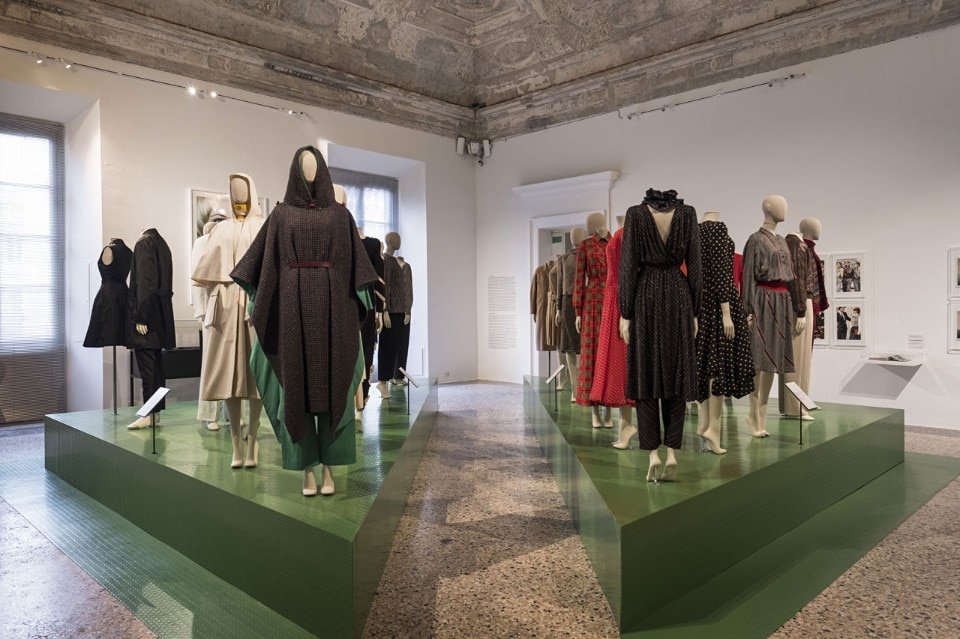
 View gallery
View gallery

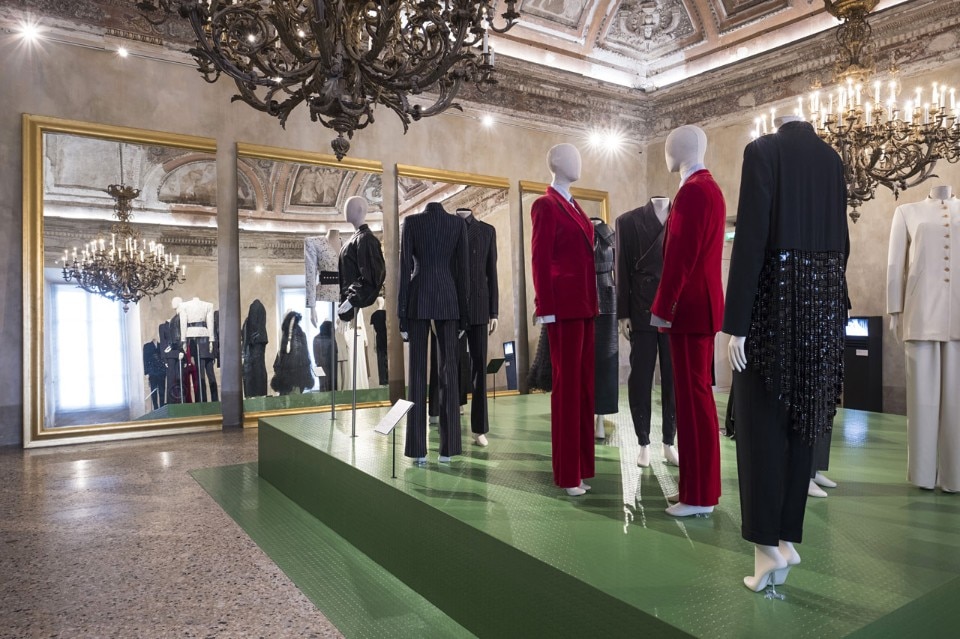
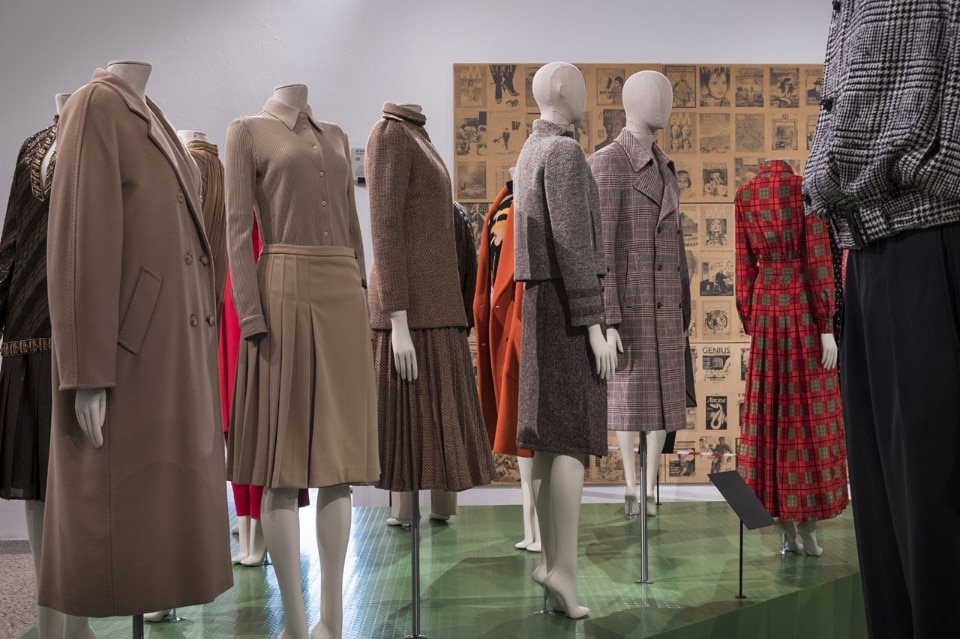
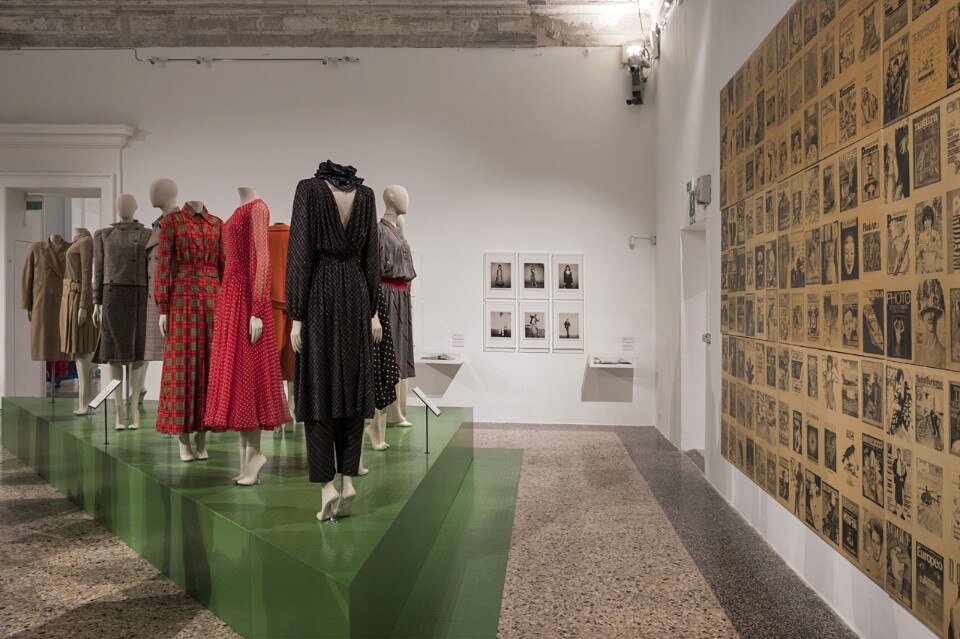
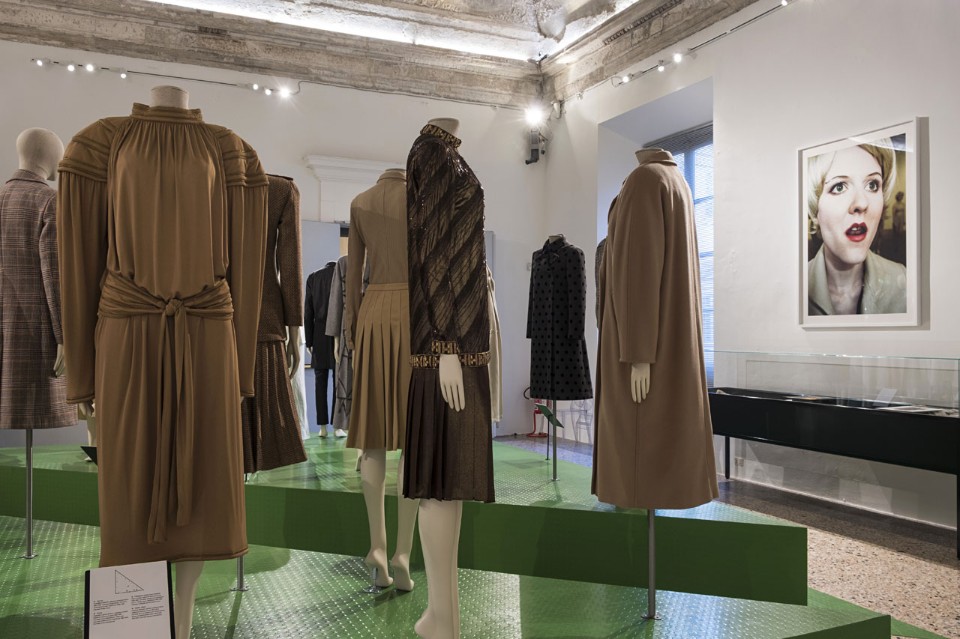
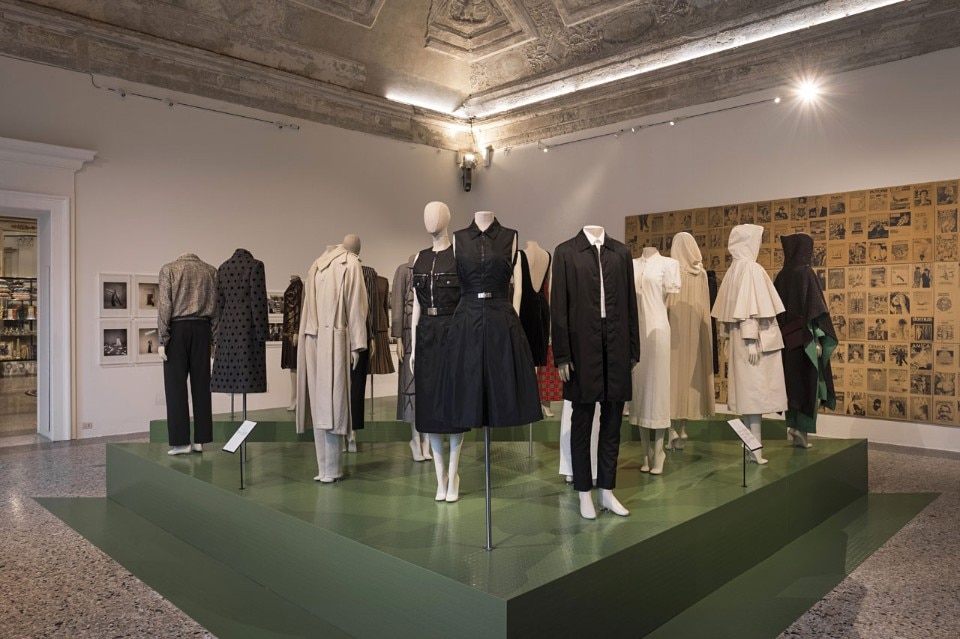
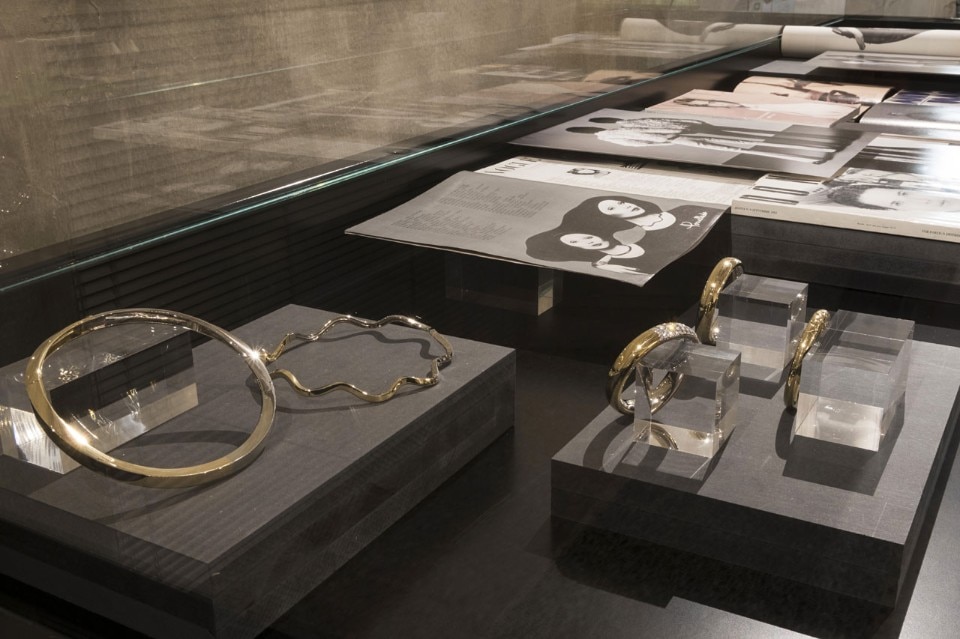
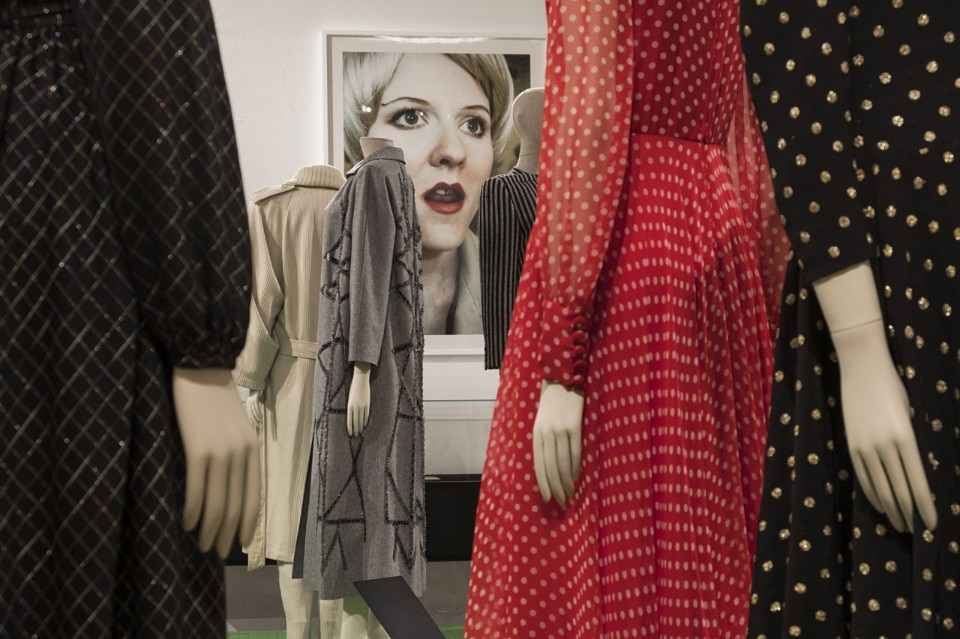
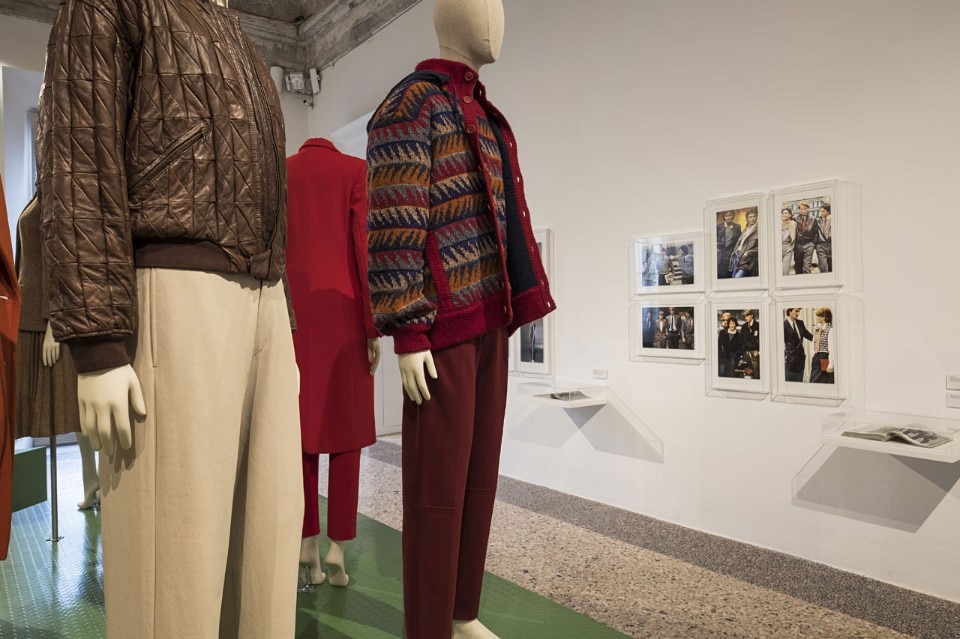
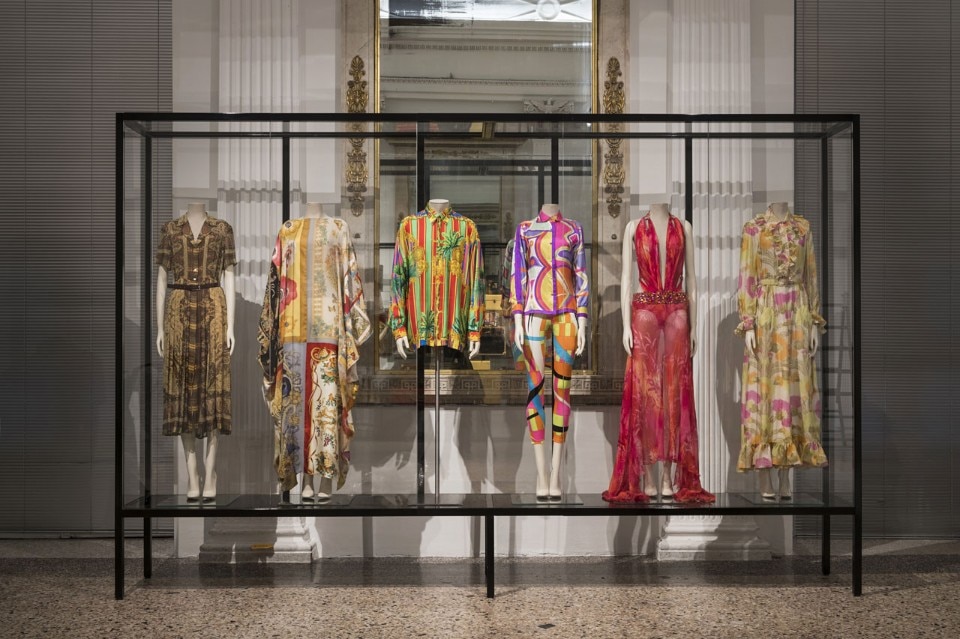
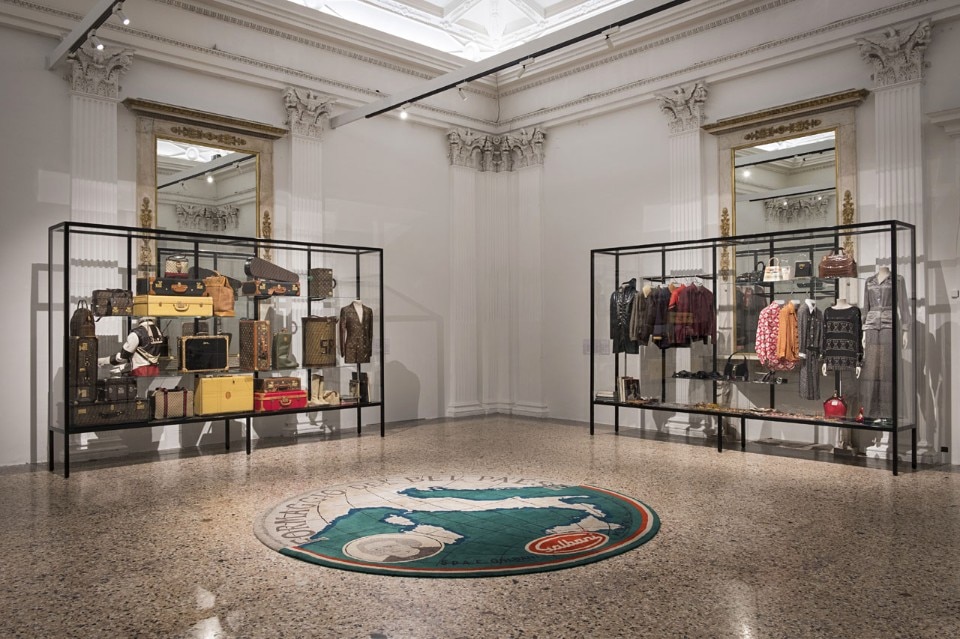
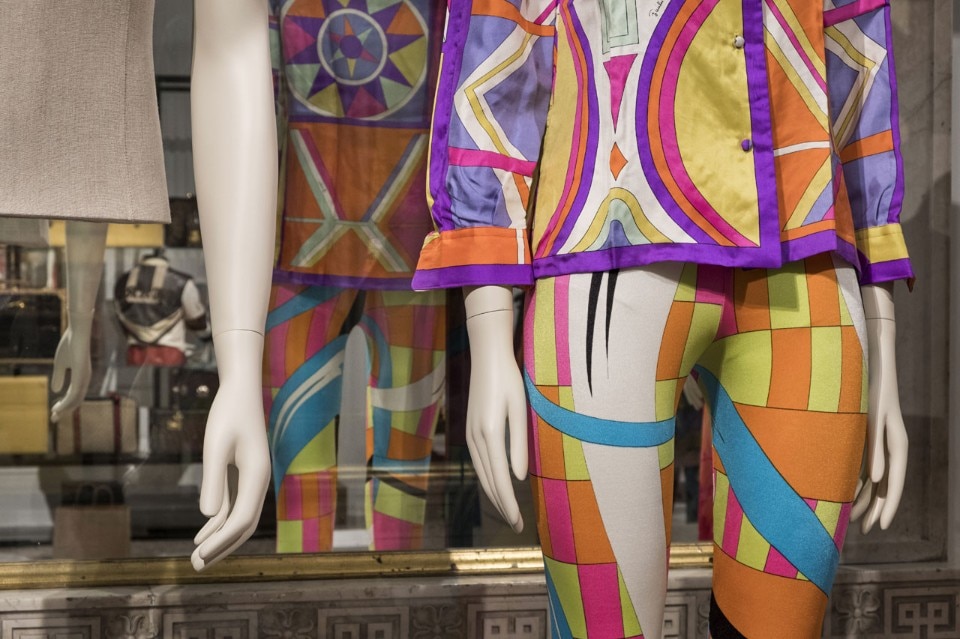
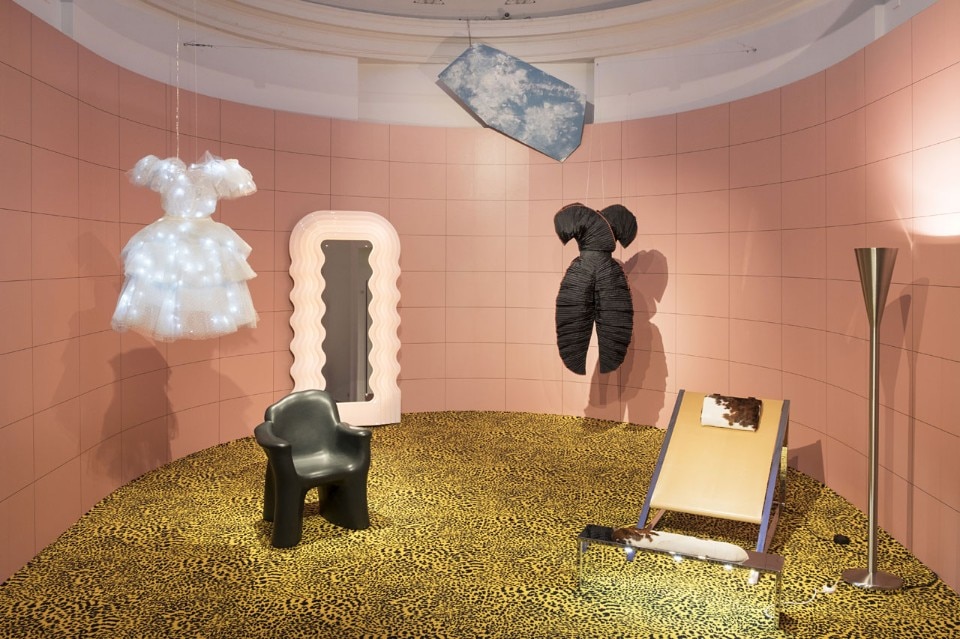
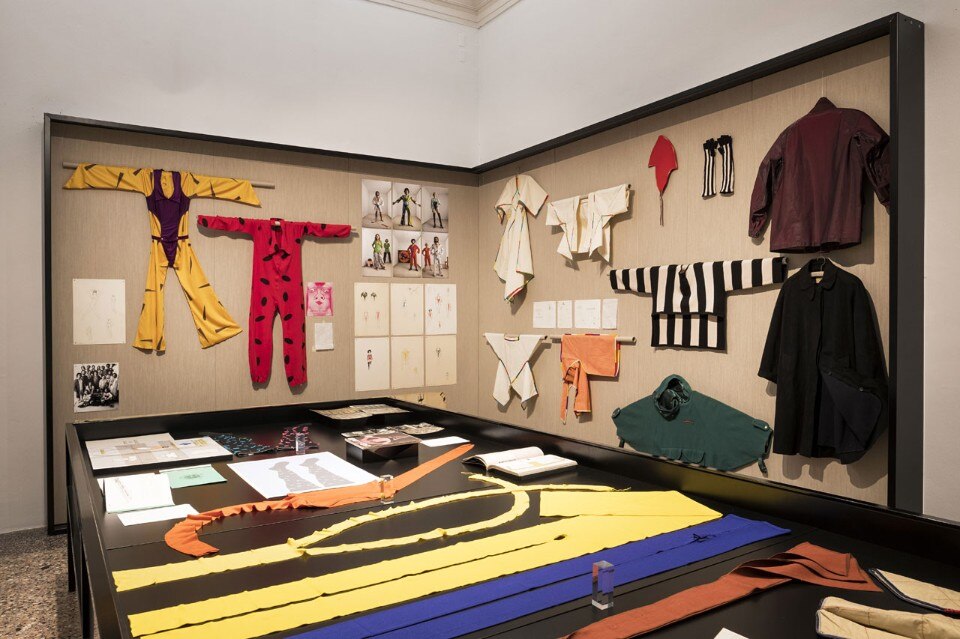
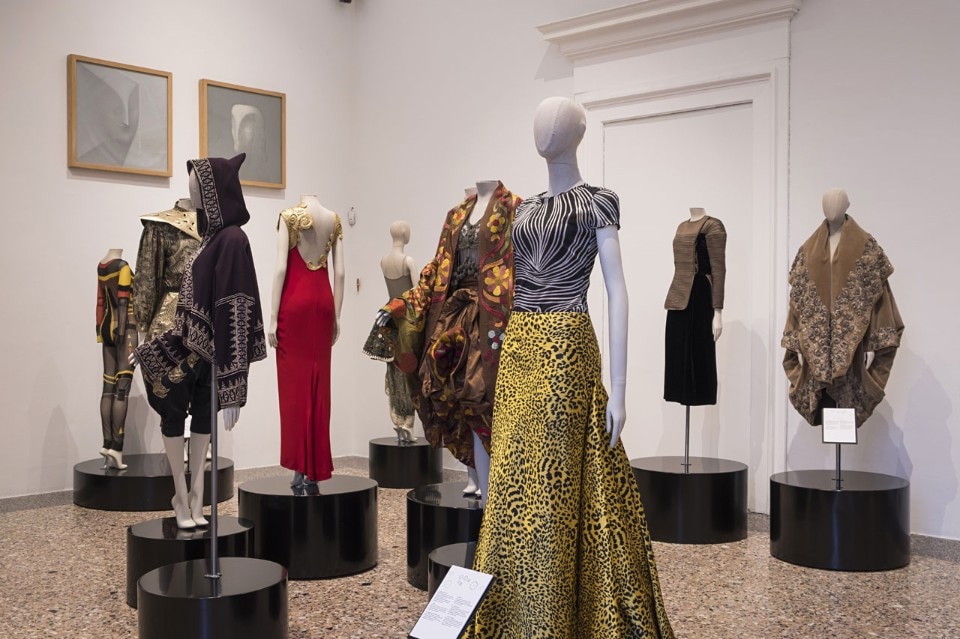
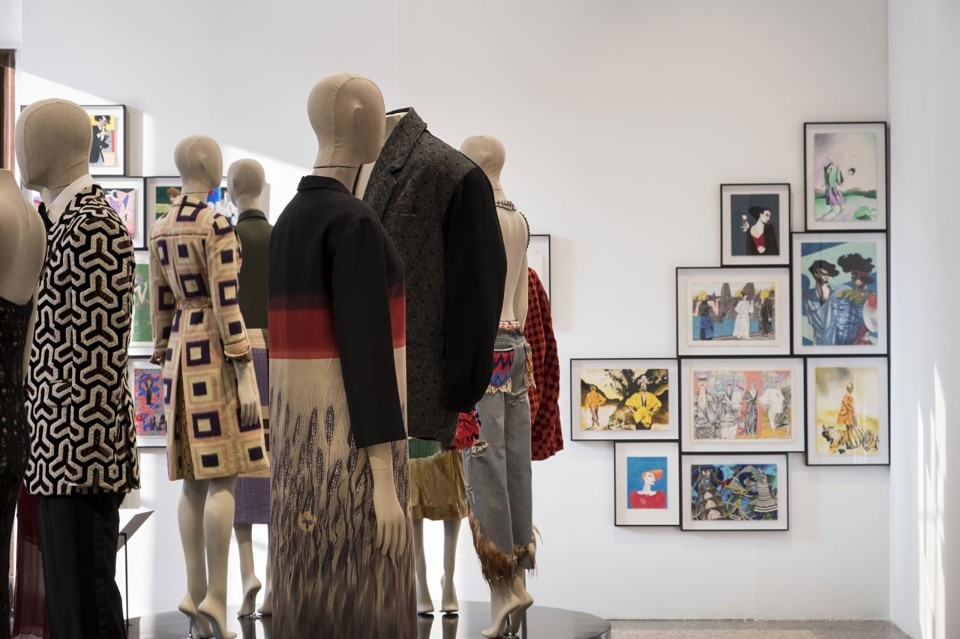
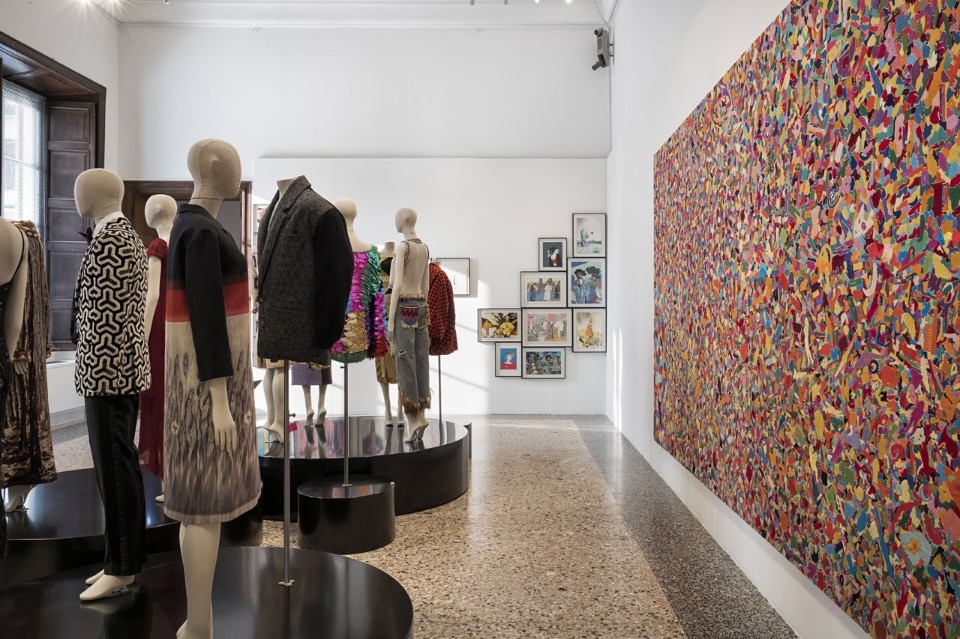
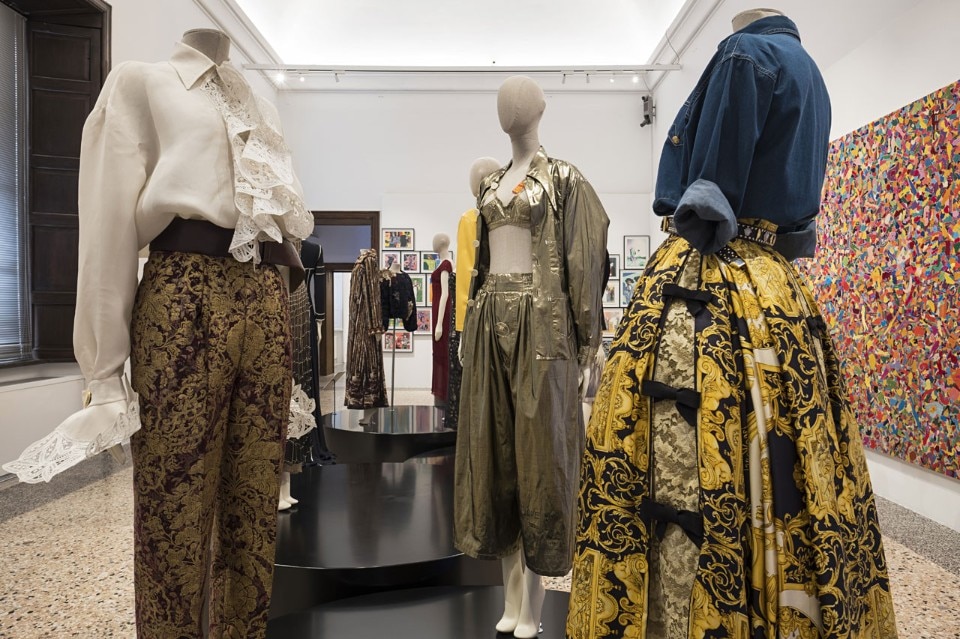
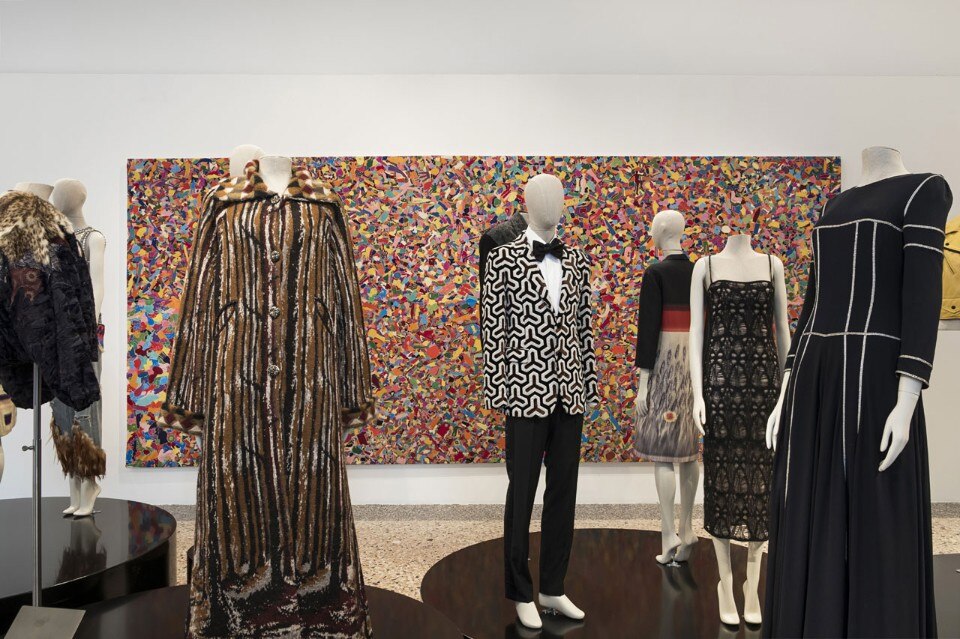
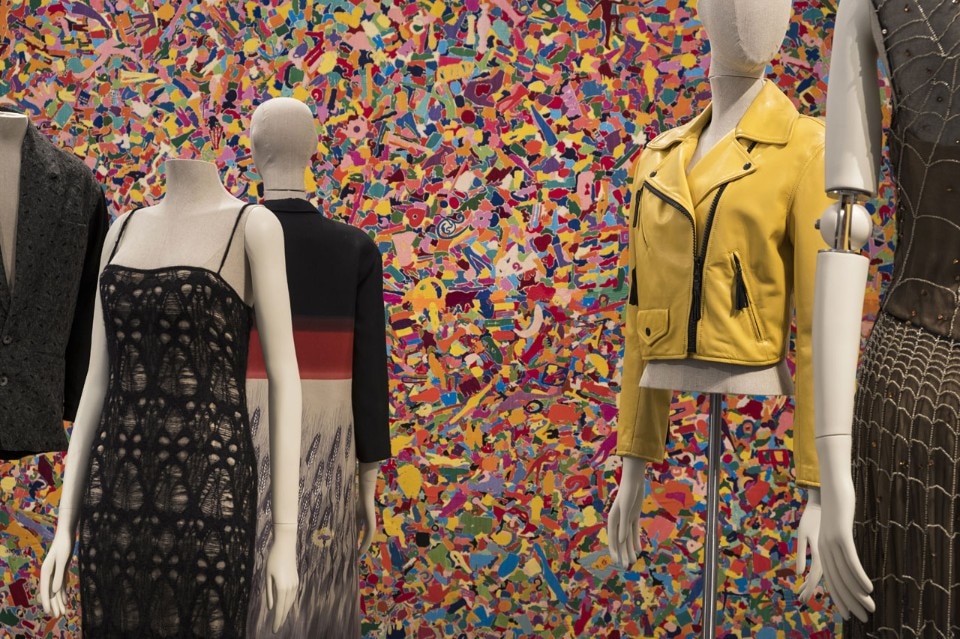
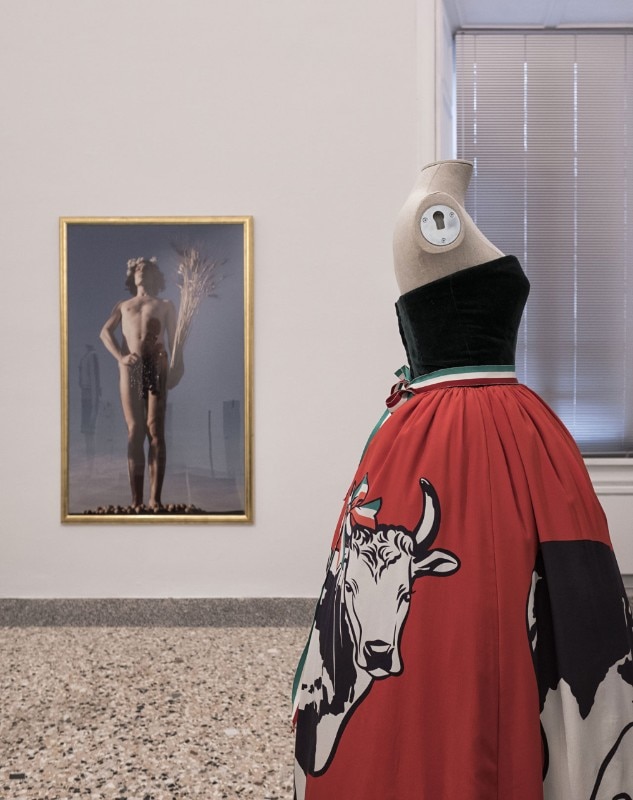
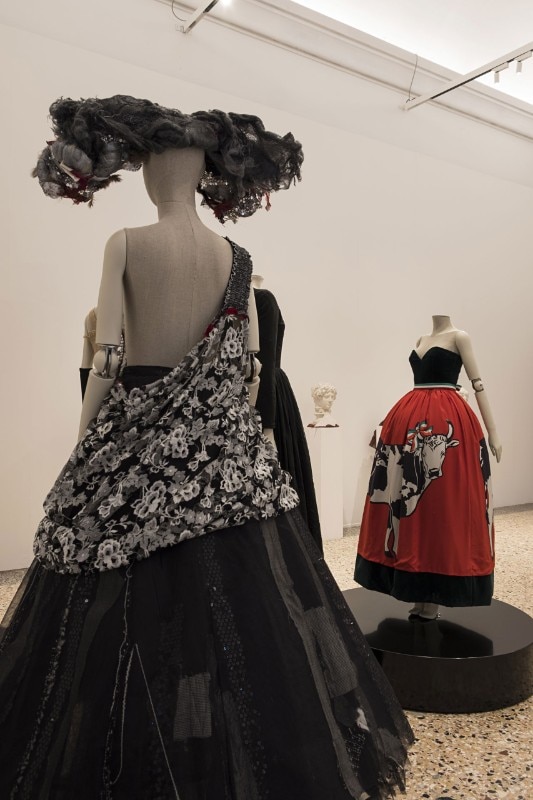
Through a series of themes – Identity, Democracy, In the Form of a Logo, Diorama, Project Room, Bazaar, Postproduction, Glocal, The Italy of Objects –Italian fashion in those 30 seminal years appears to us as emblematic and an instrument of identity. In those garments and those accessories, we not only recognise ourselves, but also recognise whole epochs and revolutions in everyday life.
Speaking of the “Identity” section, Maria Luisa Frisa explains: “This is a highly relevant topic. Italian fashion has reflected independently on it and in ways markedly different from other countries. I always say that Yves Saint Laurent's tuxedo is an extraordinary invention, but it’s closely associated with the 1920s androgynous look. Italian fashion redefined the concept of masculinity and femininity in a more contemporary vision, after the feminist battles and the affirmation of the fashion man. Fashion in Italy adapts to changes.” To present this symbiotic relationship between fashion and Italy’s social, political and cultural history, Maria Luisa Frisa has no doubts: “Exhibitions are important. They are visible displays that make the object we are talking about comprehensible. The exhibition is a physical fact. It creates a dialogue between objects and defines a path.”
The exhibition explores unexpected breakthroughs and connections between fashion, art, design and photography. In the “Glocal” room, Giulio Paolini and Luigi Ontani engage in a dialogue with Gianni Versace’s neo-baroque Magna Graecia, Franco Moschino’s ironic postcards and a wonderful feature by Alfa Castaldi for L'Uomo Vogue in 1979 devoted to the tabarro (mantle).
Fashion as a designed object is at the centre of the “Project Room” section with the experimental research by Nanni Strada – Il Manto e la Pelle (1974), his ethnological collection for Sportmax (1971-1972) – and the avant-garde experiences of dressing design by Archizoom (1971-1973), all the way to the elaborately innovative knitwear by Missoni, Krizia, Pour Toi and Fuzzi in the eighties. On display are various refined archival materials of the project Vestirsi è facile (1972) developed by Archizoom with Fiorucci. Maria Luisa Frisa describes it as “an extraordinary interpretation of the design of fashion and architecture that reflects on the utopia of dress”. In “Diorama”, an eclectic landscape made up of fashion objects materialises on a fitted carpet by reworking a Gianni Versace print from 1996. It includes the LED dress by Cinzia Ruggeri and a Krizia fan-pleated jumpsuit, both from the early eighties, and iconic design objects such as the Ultrafragola mirror by Ettore Sottsass, Dalilatre by Gaetano Pesce, the Luminator lamp by Pietro Chiesa and the Mies armchair by Archizoom.
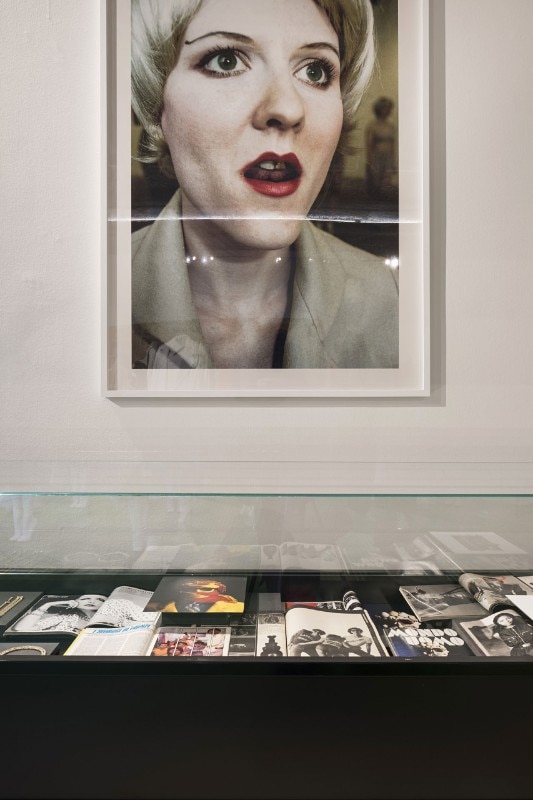
This section includes a focus devoted to Domus, with the photos of Cinzia Ruggeri portrayed by Occhiomagico in 1983 and a selection of those visionary images often created by the Alchimia studio, which filled the pages and covers of Domus moda, the supplement introduced in 1981 by Alessandro Mendini. He was one of the first to understand and emphasise the importance of introducing fashion into the debate on Italian design culture.
- Title:
- Italiana. Narrating Italian History through Fashion, 1971-2001
- Opening dates:
- 22 February – 6 May 2018
- Curators:
- Maria Luisa Frisa, Stefano Tonchi
- Location:
- Palazzo Reale
- Address:
- piazza Duomo, Milan


